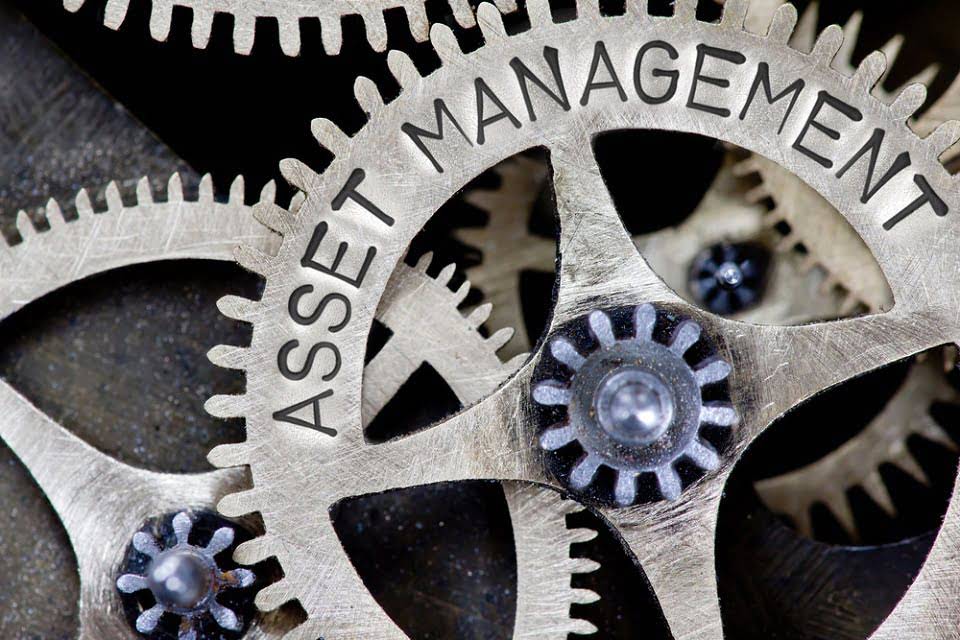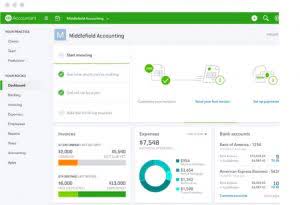
Key components of wine accounting for a winery include cost of goods sold (COGS), inventory management, and production costs. Accurate inventory management ensures proper stock levels and valuation, while tracking production costs helps in pricing strategies and profit maximization. Mastering revenue and expense recognition in wine accounting is not just about compliance; it’s about gaining deeper insights into your winery’s operational dynamics and financial health. By effectively managing these aspects through your P&L statement, you can make strategic decisions that propel your business forward.
How to Calculate the Cost of Making Wine
Using LIFO for tax purposes requires you to use it for financial reporting purposes. This can be achieved while still using the specific identification or FIFO method by recording a LIFO reserve on your books. This method involves tracking each item from the time of purchase through to when the wine is bottled. Meticulous record-keeping, data collection, and adjusting entries data segregation make specific identification highly accurate.
- You have the option of working with your CFO monthly, quarterly, or annually.
- Let’s dive into the core differences between accrual and cash accounting methods, and how choosing the right accounting method framework can significantly impact your winery’s management.
- The chart of accounts is the organizational framework upon which all of your financial information hangs.
- Key components of wine accounting for a winery include cost of goods sold (COGS), inventory management, and production costs.
Winery Compliance

Whether you’re a vineyard owner, a winery operator, or a financial manager, mastering these accounting principles can significantly impact how you perceive your business’s financial health. Understanding the winemaking process is necessary to appreciate the industry’s unique accounting, tax, and business risk issues. In general, wineries can be categorized by the nature of their operations. Although all wineries produce wine, not all wineries raise the grapes used to produce that wine. These two categories represent ends of a spectrum; it is possible for a winery to primarily be vertically integrated, yet also acquire a portion of its required grapes from outside growers.

Managing Cash Flow in Seasonal Production
Currently, qualified dividends are taxed at a lower rate than ordinary income, so the resulting tax bill can be significantly lower than if the export income was taxed at ordinary income rates (Ricioli). Tracking the production of alcohol in the United States falls under the auspices of the federal Alcohol and Tobacco Tax and Trade Bureau (TTB). Federal regulations require detailed recordkeeping, starting with the weight tickets required at harvest and ending when the wine is available for consumption or sale. The excise tax due, which is primarily based on the wine’s alcohol content, is computed at the end of the production process and must be paid, regardless of whether the wine is sold or given away. Small domestic producers (less than 250,000 gallons annually) can receive credits against the excise tax due.
So does that mean wineries need to keep two sets of books?
Reach out to Protea Financial if you need help with your wine accounting or bookkeeping, or even if you aren’t sure what the next step for your business should be. Receive monthly winery accounting accrual-basis statements, suitable for presentation to your leadership team and board. As a Bookkeeper, you’ll work closely with our Controllers, who handle inventory costing, final reviews, and financial statements. You’ll always have someone to check your work, answer questions, and back you up.

“I have never been more comfortable with an accountant in the fifteen years of being in the wine business.”
Remember, the goal is to ensure that each entry on your P&L statement truly reflects your business activities, enabling you to make well-informed decisions. For wineries, the P&L statement is a vital tool for measuring financial performance, enabling management to make informed decisions about operational efficiency, cost management, and profitability strategies. Inventory valuation is a pivotal aspect of accounting for vineyards and wineries, given the extended production cycles and the aging process of wine. Choosing the right method for valuing inventory can significantly impact financial statements and tax liabilities. One commonly used method is First-In, First-Out (FIFO), which assumes that the oldest inventory items are sold first.
Why is inventory valuation important in wine accounting?

This method smooths out price fluctuations, providing a stable cost basis for inventory valuation. It’s particularly useful for wineries with large volumes of similar products, as it simplifies the accounting process while still offering a reasonable approximation of inventory value. One effective tool for managing these costs is activity-based costing (ABC). This method allocates overhead costs based on the actual activities that drive those costs, rather than simply spreading them evenly across all products. For example, the cost of maintaining irrigation systems can be allocated based on the number of hours they are used for different grape varieties. This level of detail allows vineyard managers to pinpoint inefficiencies and make more informed decisions about resource allocation.
What are the key components of wine accounting for a winery?
The key is to start with a sound framework, only create the accounts you need, and then build out from there. You could dump all your revenue into one account called “Sales” and call it good. This might be adequate for tax purposes, but it is fairly useless when you are trying to compare how your tasting room is doing compared to your wholesale channels.
- As with any business using such services, careful vetting of support personnel and companies is needed.
- When you view your reports in a collapsed form, all of the subaccounts will fold up into the parent account.
- After onboarding, we will fall into a regular cadence of weekly bookkeeping, monthly reporting, and quarterly check-ins.
- Optimize your vineyard or winery’s financial health with effective accounting strategies tailored to the unique challenges of the industry.
- To avoid this situation, make sure you understand and are using parent accounts and subaccounts to group your accounts in a logical manner.
Protea Financial has a team of experienced professionals who can help you navigate the complexities of wine accounting. We will work with you to create accurate financial statements and provide guidance on making sound business decisions. In wineries, COGS includes the direct costs tied to production, Remote Bookkeeping such as grapes, bottling supplies, and direct labor. It’s critical to record these costs in the same period that the related revenue is recognized to ensure accurate profitability analysis.
